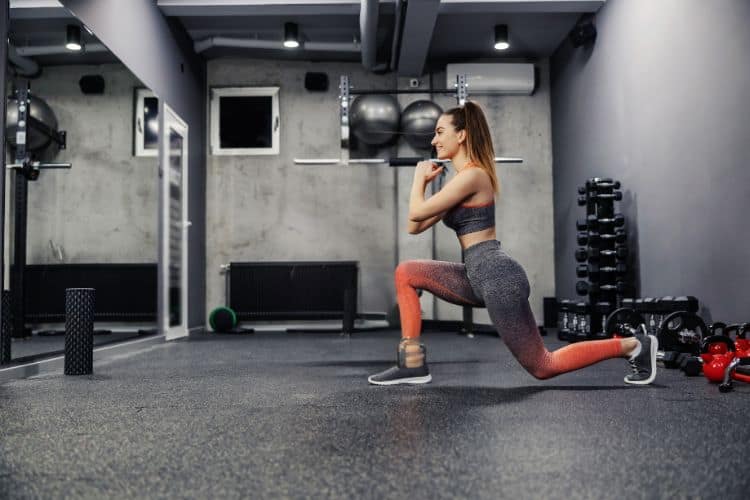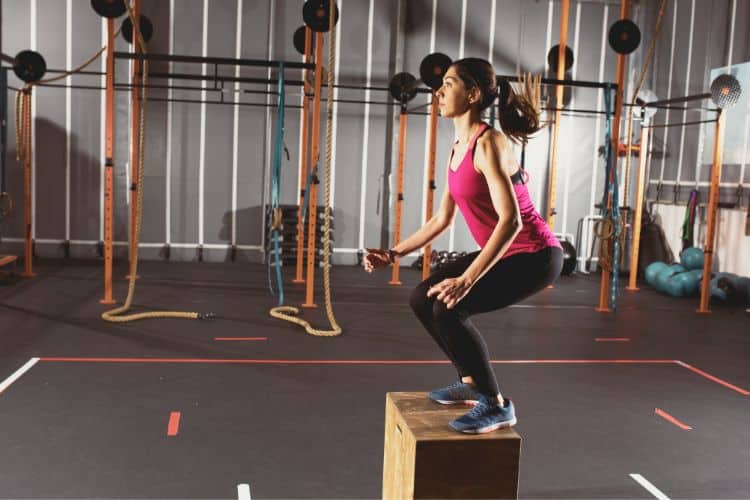Sign up for workout ideas, training advice, reviews of the latest gear and more.






Strength training is one of the most effective ways to build muscle, burn calories, and improve overall fitness. For those with busy schedules, a 30-minute full-body strength training workout offers the perfect balance of efficiency and results. In this guide, we’ll break down a powerful routine that hits every major muscle group, boosts metabolism, and maximizes your time.
Not everyone has hours to spend in the gym. A 30-minute routine allows you to get in, work hard, and get out without sacrificing results. By focusing on compound movements, you engage multiple muscles at once, saving time while increasing calorie burn.
Full-body workouts activate all the major muscle groups—chest, back, legs, shoulders, arms, and core. This creates better overall balance, strength, and functionality compared to split routines that isolate one area per session.
Strength training builds lean muscle, which increases your resting metabolic rate. The more muscle you develop, the more calories you burn—even at rest. Paired with the intensity of this 30-minute plan, you’ll burn fat while building strength.
To complete this routine, you’ll need:
This workout is designed with three circuits. Each circuit contains 3–4 exercises targeting different muscle groups. Perform each move for 45 seconds of work and 15 seconds of rest. Complete all exercises in a circuit, rest for 60–90 seconds, then repeat.
This full-body move combines a squat and an overhead press, working legs, glutes, shoulders, and core.
A powerful back and biceps move that also strengthens posture.
An upper body staple that challenges chest, triceps, shoulders, and core.
A lower-body strength move focusing on hamstrings and glutes.
Targets the chest, shoulders, and triceps.
A strength and stability exercise for the core, back, and arms.
A compound move targeting legs, biceps, and balance.
A shoulder and triceps strength builder with explosive hip drive.
A finishing move for core and obliques.
Never skip the cool-down. After pushing your body, stretching prevents stiffness and speeds recovery.
Proper form prevents injuries and ensures you’re engaging the right muscles. Start light and increase gradually.
Keep a workout log of weights, reps, and sets. Tracking progress motivates you and ensures progressive overload.
Don’t repeat this workout daily. Aim for 3–4 times per week, with rest or active recovery days in between.
Strength training works best when paired with adequate protein and balanced nutrition. Fuel your muscles to recover and grow stronger.
With modifications, beginners can safely build strength using lighter weights and longer rest periods.
By increasing dumbbell weight or shortening rest time, advanced lifters can intensify the session.
This workout is gender-neutral—everyone benefits from strength training for health, longevity, and body composition.
By mimicking real-life movement patterns, strength training improves balance, coordination, and daily performance.
Combining compound movements with intensity burns calories efficiently.
Resistance training strengthens bones and joints, reducing the risk of osteoporosis.
Exercise releases endorphins, lowers stress, and improves focus and energy throughout the day.
A 30-minute full-body strength training workout is a time-efficient way to build muscle, increase strength, and burn fat. By combining compound movements, minimal rest, and consistent progression, you can achieve incredible results without hours in the gym. Stick with it, fuel your body properly, and celebrate your progress along the way.
Want more workout and video guide?
Follow us on Pinterest, Facebook, and Subscribe to our Newsletter and Stay tuned for FREE downloads of our App coming soon!
Stay up to date on the latest women’s health, fitness and lifestyle trends and tips.